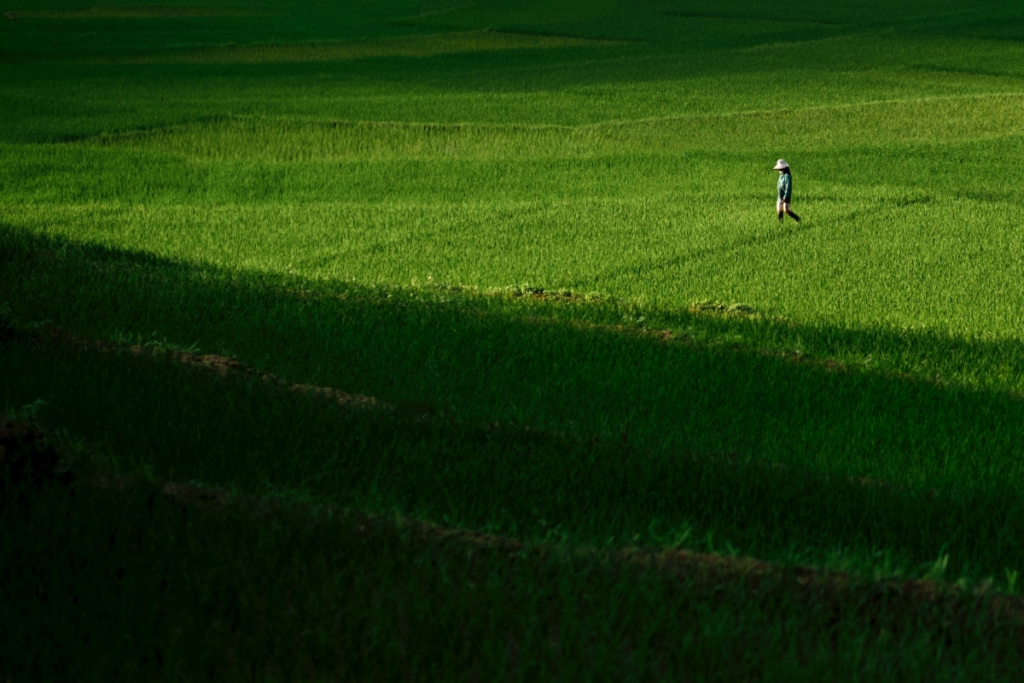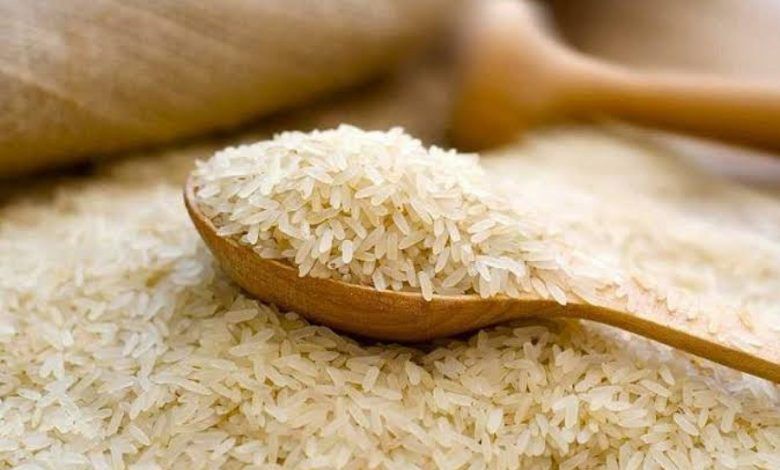Tags
More than just rice: Asia’s food supply anxieties

By Genevieve Donnellon-May, Research Associate, Asia Society Policy Institute.
Rice shortage fears are intensifying across Asia – a region where 90% of the staple food is produced and consumed – due to an ill-fated combination of rice production shortfall, rising international prices, and limited global fertiliser supplies.
India, the world’s biggest rice exporter, has recently implemented export bans on non-basmati rice and de-oiled rice bran (the latter used in animal feed). Intended to help address rising inflation, the new bans follow one on exporting broken rice introduced last year. And with elections looming, the export bans, as in other countries, appear unlikely to be lifted.
Making matters worse, the world’s second and third biggest rice exporters – Thailand (15% of global rice exports) and Vietnam (14%) – have neither the rice supply at present nor in the future, due in part to predicted El Niño impacts, to help fill the gap left by India.
More countries are also believed to be following India and the United Arab Emirates down the rice export ban path. While Vietnam has so far been able to capitalise on this situation by increasing rice exports in the region, some suggest that Hanoi may restrict rice exports in response to domestic hoarding. Other rice producers in Asia have faced recent extreme weather events. In Bangladesh, for instance, the country’s below-normal rainfall in June raised fears of drought. And while the impact of the 2023–24 El Niño event remains unknown, governments are already worried.
In the Philippines, the Office of the President announced plans to issue recommendations in preparation for El Niño. In Indonesia, President Joko Widodo warned of the likelihood of El Niño causing a long, dry season ahead of next year’s election. In Thailand, farmers have been asked to plant only one rice crop to help save water amid limited rainfall. Fearing that the El Niño phenomenon will extend to 2025, researchers estimate losses of more than 40 billion baht for Thailand’s agricultural sector.
In China, the world’s biggest rice producer, recent climate shocks have significantly affected agricultural production. In recent months, the three provinces that account for nearly 25% of China’s rice production – Inner Mongolia, Jilin and Heilongjiang – have been affected by heavy rainfall.
Consumers are already feeling the pain. In July, Asia’s rice prices jumped to their highest levels in nearly 12 years, according to the United Nations Food and Agriculture’s All Rice Price Index. To avoid the situation turning into a repeat of the 2007–08 Food Price Crisis, governments may have to consider implementing other measures alongside subsidies and price controls to address food shortage fears and inflation.
While rice production issues and limited supplies could cause a headache for governments and policymakers, for countries such as Australia, an agricultural powerhouse and global breadbasket, this is an opportunity to strengthen engagement with and increase exports to the region. Australia is considered self-sufficient and one of the most food secure countries globally in a region where a majority of nations are actually net food importers. Notably, Singapore, which has limited natural resources, imports more than 90% of its food, making it vulnerable to export bans and global food price fluctuations.
To help address concerns over meeting food import demands and avoiding further food shortages, especially rice shortages, governments may consider increasing stockpiles. Doing so could also help governments tackle the cost-of-living crisis, which has significantly impacted lower-income households, particularly in countries such as the Philippines where consumer price inflation remains high. Countries such as China have already undertaken efforts to increase national reserves. Likewise, in Indonesia, Bulog – the state procurement company – aims to import rice from Cambodia and Myanmar to support government stocks.
Australia could help by increasing production and exports of rice, using existing free trade agreements, networks and national strategies to do so. The country’s rice production has varied in recent years but is estimated to rise by 26% to 656,000 tonnes in 2023-24, presenting Australia with an opportunity to modestly boost supply in the region at a time of need. However, sustaining such a contribution will depend on a number of factors, including climate variability and future investment in the industry.
There are also other opportunities. Regional governments are likely to want to bolster agricultural resilience and self-sufficiency, including by tackling yield gaps and agricultural water use. Australia, which has significant experience in areas such as agricultural technologies and climate change adaptation can help.
Another consideration is the expansion of existing food security and related cooperation mechanisms in the region. The China-ASEAN food security agreement alongside recent multilateral cooperation, due in part to Indonesia’s chairing of the 2022 G20 summit, show that there is interest in pursuing such programs.
Again, Canberra can demonstrate its continued commitment to the region by creating such initiatives and backing existing ones. The ASEAN Plus Three (South Korea, Japan and China) Emergency Rice Reserve, for instance, could be expanded to include Australia, which in turn could push for the inclusion of reserves of other key agricultural products also produced in Australia (such as grains and oilseeds).
Climate shocks, conflicts, and competition for natural resources will continue to exacerbate food inflation and damage agricultural production. Such decreases in agricultural production, including rice production, will have a domino effect, with less available for export and limited supplies on the global market for importers. This is likely to produce competing demands from importing countries and inflate food prices across Asia and beyond.
As food security is inherently part of national security, such situations exacerbate competition for food supplies and could worsen existing socio-economic and political tensions across the region. Yet amid an increasingly fractured geopolitical environment, opportunities to prioritise cooperation over conflict still remain. Australia, as a regional leader, is well positioned to help.
This article originally appeared in the Lowy Institute Interpreter.
https://asiasociety.org/australia/more-just-rice-asias-food-supply-anxietiesPublished Date: September 14, 2023







